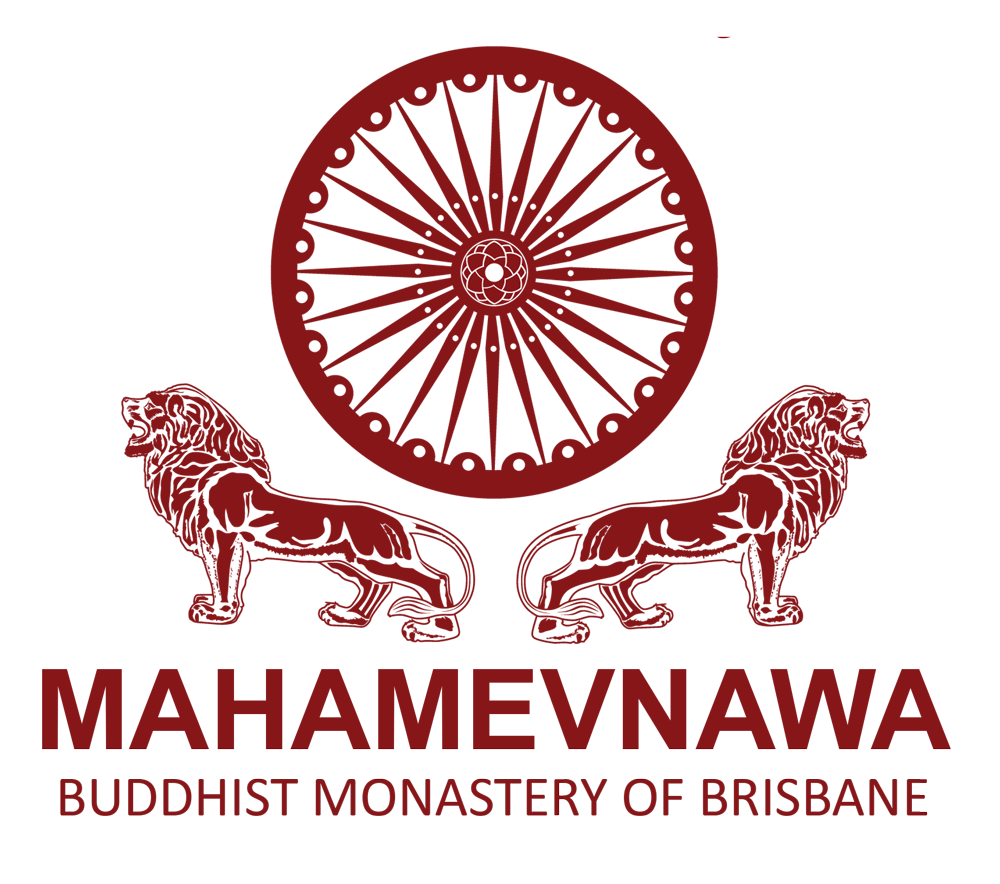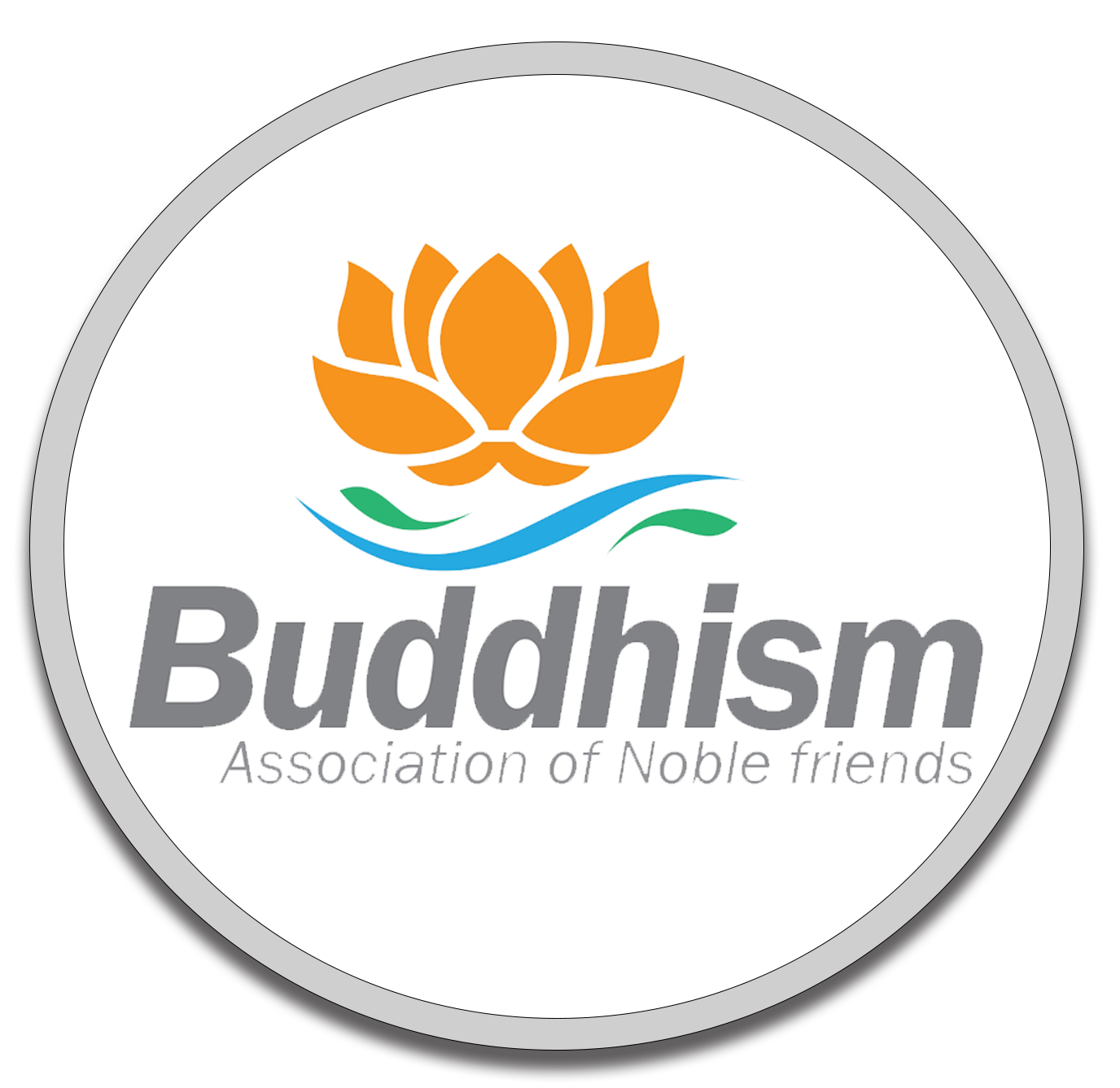The Teaching of the Elders
Ancient Path in a Modern World
We are part of the oldest living Buddhist tradition in the world, Theravada. The teachings come from the Buddha named Sidhartha Gautama, often referred to as the historical Buddha. He was born in India over 2,500 years ago and discovered not only the cause of suffering in the world, but the way to completely eliminate all forms of suffering, large and small. Because this teaching was available to everyone with a sincere interest to practice it, a group of enlightened disciples formed around him, known as the Noble Sangha.
The teachings of the Buddha, the Dharma, have been preserved in a collection known as the Pali Canon or Sutta Pitaka. This is the most accurate record of what the Buddha and his enlightened disciples taught. Fortunately, these texts have been translated into very modern, easy to understand English so we can explore them for ourselves.
The word Theravada―pronounced TAE ra VAA da (the h is silent)―means teaching of the elders. It is the main form of Buddhism found in Sri Lanka, Thailand, Burma, Cambodia, and Laos.
In the centuries after the Buddha’s death, up until the present day, people have been adding their own personal ideas into the teachings of the Buddha. This has resulted in a wide variety of sects and beliefs that lead to much confusion and doubt among those trying to reach the same happiness that the Buddha found. But when we return to the original teachings, we see that the instructions the Buddha gave us are practical and bring both short term and long term happiness. The Buddha encouraged us to compare what we hear to the original words spoken by him and have confidence in those thing that match.
All of the instructions given at the Mahamevnawa (maha may oo NAH wa) monasteries and meditation centres come directly from these original ancient teachings. Together we learn to apply these teachings to our lives so we can experience the same happiness that the Buddha and his enlightened disciples found. Although the Buddha’s teachings are ancient, we know you will find the Buddha’s understanding of suffering and happiness to still be true today.
Everything we teach comes from the ancient sermons taught by Gautama Buddha and his enlightened disciples that lived with him. They have been preserved in the Sutta Pitaka by theTheravada Buddhist tradition.
Shortly after the Buddha passed away, 500 fully enlightened monks gathered at the First Great Council to recite all of the sermons they remembered that the Buddha and his enlightened disciples preached. They then organized them into five collections known as Nikayas. Groups of monks were assigned to memorize these collections and get together frequently to recite them. At the time in India there was a strong tradition of memorization like this among members of the Brahmin caste. Eventually because of dangers such as war and famine, there was the fear that there would not be enough monks alive to keep up this tradition, so the sermons were written down in the original language of Pali. The translations we have today are from these texts.
The Nikayas have a variety of styles of text. Some are stories, some are regular sermons. Some are highly analytical teachings, and some are collections of verses. Some of the Nikayas are organized by topic. Others are organized by length of text. We are very fortunate that all of them have been translated into clear, modern English within the last 30 or so years.
Below you can see an outline of the books that make up the Sutta Pitaka as well as titles of translations into simple English. Many of these books are available from our free lending library. Books marked with a 
For beginners: We recommend 
The following are the books that contain the original teachings of the Buddha. These are the translations we recommend.
Dīgha Nikāya, Long Discourses (D or DN): Contains 34 suttas that range in length from 5 to 47 pages.
- The Long Discourses of the Buddha: A Translation of the Dīgha Nikāya by Maurice Walsh, Wisdom Publications.
Majjhima Nikāya, Middle Length Discourses(M or MN): Contains 152 suttas, most from 5 to 10 pages.
- The Middle Length Discourses of the Buddha: a Translation of the Majjhima Nikaya, translated by Bhikkhu Ñāṇamoli, edited by Bhikkhu Bodhi, Wisdom Publications.
Saṁyutta Nikaya, Connected Discourses(S or SN): Contains thousands of short suttas grouped by topic.
The Connected Discourses of the Buddha: A Translation of the Saṁyutta Nikāya, by Bhikkhu Bodhi, Wisdom Publications.
- Two sections have bee published individually: Stories of Sakka, Lord of Gods, and Stories of Brahmas.
Aṅguttara Nikāya, Numerical Discourses(A or AN): Contains thousands of suttas mostly one or two pages long. A short anthology of the book below is available from the Winnipeg Public Library, 
- The Numerical Discourses of the Buddha: A Translation of the Aṅguttara Nikāya, by Bhikkhu Bodhi, Wisdom Publications.
Khudhaka Nikāya, Short Books: This nikāya is a group of smaller autonomous books, explained individually below.
Khuddakapāṭha (Khp): This is a collection of 10 suttas.
Dhammapada (Dhp): This is a collection of 423 short verses, grouped into 26 chapters. This is an excellent text for newcomers and experienced practitioners alike. It takes about 4 minutes to read one chapter so it is well suited to someone with a short amount of time available. Even just reading a single verse each day will instill your life with the Blessed One’s wisdom.
- Dhammapada, translated by Venerable Acharya Buddharakkhita.
The Dhammapada : teachings of the Buddha, by Gil Fronsdal
Udana (Ud): This collection contains 80 suttas composed of (usually) a story in prose form followed by an inspired verse.
- The Udāna and the Itivuttaka, Two Classics from the Pali Canon, translated by John D. Ireland, Buddhist Publication Society (BPS) Complete text.
Itivuttaka (Itv): This collection contains 112 suttas of prose followed by verse. Most suttas are two pages or less.
- The Udāna and the Itivuttaka, Two Classics from the Pali Canon, translated by John D. Ireland, Buddhist Publication Society (BPS) Complete text.
Sutta Nipāta (Sn or Snp,): Seventy one sets of verses, sometimes preceded by a prose story.
The Group of Discourses (Sutta-nipāta), by K.R. Norman
Vimānavatthu (Vv) and Petavatthu (Pv): Teachings in verse about the results of good and bad action
- Stories of Heavenly Mansions
- Stories of Ghosts from the Petavatthu
Theragāthā (Thag) and Therīgāthā (Thīg): Verses of Arahant Bhikkhus and Bhikkhuṇis. Two excellent collections for practice. The ultimate source for inspiration and reminder of the goal of the practice.
- Voice of Enlightened Monks: Theragata
- The Voice of Enlightened Nuns: Therigata
Jataka (J): The canonical part of this collection are only verses. What are commonly known as the Jataka stories are actually the commentary stories behind them.
- Jataka Tales of the Buddha: An Anthology, Volume 1-3, by Ken Kawasaki and Visakha Kawasaki. This is a selection of the stories.
NEWSLETTER
Let us send you our monthly newsletter so you can discover all of our free activities to learn the teachings of the Buddha.





